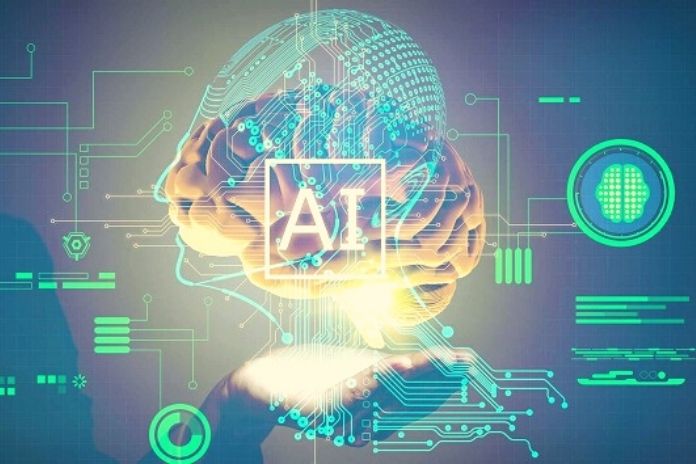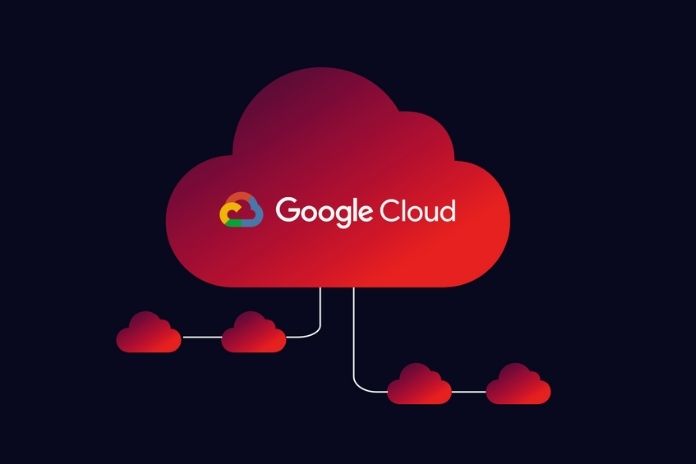Composable Infrastructure: IT technology changing & with how infrastructures are set up. The areas of responsibility of data centers to grow. On the one hand, this is due to technological progress, which offers increasingly efficient IT solutions in all company areas. At the same time, the changed market conditions, which are largely determined by digitization, play a central role.
In addition to cost-efficient IT infrastructures, this second trend requires a much higher degree of flexibility. This development can be seen in the 2020 IT trends, in which cloud computing and hybrid IT play a special role. They are not just one of the most important technologies in terms of a company’s staffing needs. They also represent the progressive break with traditional IT solutions.
Composable Infrastructure: Two IT Environments, Two Areas Of Responsibility
One of the reasons why traditional infrastructures are being abandoned more and more is their lack of flexibility. It is based on silos and hardware designed for specific workloads – it is primarily intended to ensure that complex processes function stably.
But that is no longer the only or primary task of modern IT infrastructures. Rather, it should create the basis for far-reaching flexibility and more agility, which can be converted into competitive advantages in an entrepreneurial sense. The IT thus takes on two functions:
- It manages the existing Infrastructure and helps to provide applications that are critical for operational stability: data processing, data analysis, supply chain and similar processes, therefore often run over traditional infrastructures.
- On the other hand, the IT infrastructure can play a more active part in corporate development through cloud applications. Modern infrastructures allow greater agility and are therefore the basis for quickly implementing new applications and services – and making them available on the move.
Today’s infrastructure solutions are therefore required to perform very different tasks. You should
- drive the optimization of all applications and services in the company
- Accelerate the delivery of these applications and services
- ensure cost efficiency and less work
- enable more productivity and control in all processes
To perform all of these tasks equally, an infrastructure must be created that can connect different IT environments.
IT Infrastructures For Modern Business Workloads
Technologically, there are different answers to the demand on IT infrastructures to offer stable processes with the greatest possible flexibility. The path has consequently led away from the traditional architecture of the data centers. Their connection of hardware, software and containers with a strong focus on the physical components is no longer state-of-the-art for various reasons.
The silo formation of the various areas is one of these reasons, but the laborious hardware and software administration is probably the most serious. Flexible applications and services are impossible; their integration into the entire Infrastructure could not be achieved with the required speed.
Convergent Infrastructures
With convergent infrastructures, a significant simplification is possible compared to traditional data centers. This takes place initially on the hardware level, in the form of a uniform overall solution: The physical elements of the Infrastructure come as a unit. This also reduces the administrative burden.
The corresponding software can merge the administration of the respective areas. The lower complexity in handling, therefore, promotes productivity. Because the hardware is the decisive factor despite everything, the rigid silo structure can only be broken open to a limited extent. Even if computing, storage and network environments no longer have to be managed separately in converged Infrastructure, this can still be the case for different workload types.
Hyper-Converged Infrastructures
Hyper-converged infrastructures, therefore, take the next step and combine servers, storage, network and connected virtualization platforms into a single system. This form of Infrastructure is moving away from the hardware and towards a software-based solution. However, this only allows virtualization; physical servers are not provided for with the HCI.
Composable Infrastructure As A Solution?
As a result, hyper-convergence sometimes offers less scope for the individual configuration of resources. What is possible in traditional infrastructures – albeit with great effort – is largely unavailable in fully virtualized IT environments. Disaggregated HCI, therefore, separates computing and storage resources, which allows more control over the respective services.
To give users even more control, Composable Infrastructures is the next step. The concept is by no means entirely new. For example, Hewlett Packard Enterprise (HPE) and Microsoft have been dealing with the topic for several years, not least as a basis for flexible hybrid cloud solutions.
Basically, at the center of this approach is the initial question of how two different IT environments and their objectives can be combined: Securing stable systems with simultaneous agility to adapt applications and services immediately to new business conditions.
A composable infrastructure combines different approaches:
- The resources for computing, storage and network services are virtualized, for example, in hyper-converged environments.
- A software-based interface enables configuration, just like in a traditional data centre architecture.
- In this way, both “physical” resources can be controlled, and cloud applications can be used flexibly.
This allows companies, for example, to adapt their applications and services better and faster to changing peak times – independently of one another. Similar to disaggregated variants of the HCI, the different resources can be scaled separately with the composable Infrastructure. Because hardware and software are also designed as a unit in this solution, the complexity is reduced compared to other approaches.
More Workload Support With Composable Infrastructure
The flexible resource pool also opens up various options for integrating various physical, virtual and container-based workloads on a single platform. It works so easily because all components in the composable Infrastructure, from computing, network, and storage to applications, are stateless.
They are all treated as stateless resources and are therefore particularly easy to configure. They can be combined and moved as required. This gives companies access to a wide variety of workloads:
- So-called bare metal applications, which run directly on the hardware without virtualization, software level and operating system, can also continue to be used in a “composite” IT environment. This gives companies the advantages of “dedicated servers”, such as the sole and free availability of their resources or the fixed IP address. This form of workload remains very popular, especially for business-critical applications.
- Container solutions can also be integrated without difficulty and thus offer a possibility for the fast provision and easy monitoring of applications – because all the necessary components, from files to system libraries, are completely contained in the respective containers. This ensures, on the one hand, that the execution is always the same regardless of the environment, while on the other hand, sharing is made easier.
These different workloads no longer exist separately from one another in a composable infrastructure. The virtual workloads, which now make up the largest share thanks to cloud computing, are all managed together within the same environment.
Management can be simplified even further if companies use the virtualization tools that employees are already familiar with – with the high proportion of virtualized workloads, no long transition is necessary.
No Efficient Infrastructure Without Sufficient Know-How
Overall, a composable infrastructure brings numerous advantages for companies, especially concerning adapting to change technological and economic framework conditions. However, the prerequisite for skimming off these advantages and converting them into corporate success is not only on the side of technology.
While the technologies are increasingly oriented towards the requirements of economic competition and therefore enable more agility, the requirements for personnel are changing simultaneously. Surveys show that the new technologies continue to increase the need for qualified IT personnel. Without a corresponding level of know-how in the company, the potential of modern IT infrastructures can therefore hardly be accessed.
ALSO READ: Digital Workplace: Five Characteristics That Employees Value










